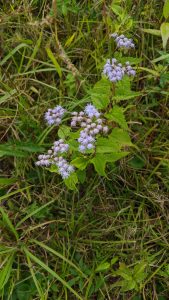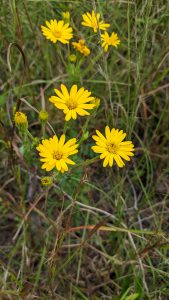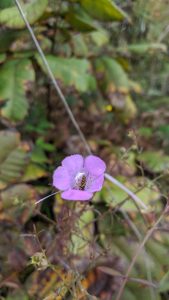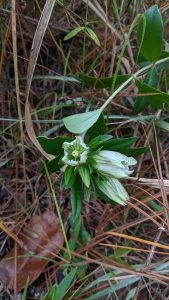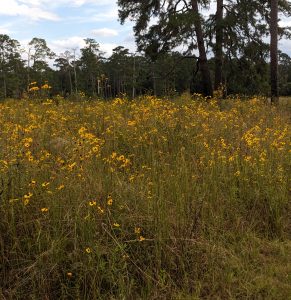I ar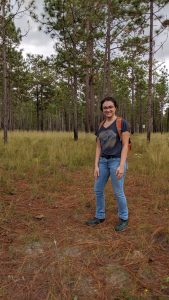 rived before 9 a.m. as the fog began to lift from the fields of flowers. Bordering the winding canopy road, longleaf pine forests swayed with the breeze. The Red Hills glistened with dew-laden grasses, draping the landscape with gold.
rived before 9 a.m. as the fog began to lift from the fields of flowers. Bordering the winding canopy road, longleaf pine forests swayed with the breeze. The Red Hills glistened with dew-laden grasses, draping the landscape with gold.
Tall Timbers Research Station and Conservancy is dedicated to studying and protecting a precious natural resource in Tallahassee’s backyard: the Red Hills. Tall Timbers protects and manages unique uplands communities within its 14,000 owned acres and 130,000 acres of conservation easements.
Tall Timber’s specialty – a necessity of the region – is prescribed fire.
Since the 1920s, landowners in the Red Hills, whether quail hunters or plantation holders, used fire to maintain the landscape. Now the Research Station studies the intricacies of fire: when to burn, how often, and what plants have relied on it historically. Looking at what plants are present in a specific plot, the talented scientists here can tell the story of the Red Hills.
Here, quail is queen. In the area’s early days, wealthy northerners would venture south to the Red Hills to hunt quail.

Adopting European traditions, quail hunting was a big event. With carts and canines in tow, people flocked to the Thomasville-Tallahassee area for a resort-like reprieve. They also traveled here for its fertile soil. We can still see remnants of Tall Timber’s plantation past. Activities like plowing disturbed sensitive plants such as wiregrass and changed the landscape forever. The clearing of this groundcover and the slow-growing longleaf pine around it altered the ecosystem’s ability to support native fauna like gopher tortoise, eastern indigo snake, and quail.
Here’s where fire comes in. Early settlers and landowners knew the power of fire and they used it to manage the sensitive habitat that native species need to thrive. In the rich soils of the Red Hills, when things grow, they are hard to control. In a short period of time, shrubs can grow thick and tall and block out sunlight for other plants like grasses and pine seedlings. Because the pine seedlings and juveniles are adapted to survive once-plentiful, natural fires, they rise above the ashes while other plants are cleared away. If the brush is too thick, quail and tortoises can’t move around as freely. With clear ground, grasses can take up space and offer shelter for these ground-dwelling species. Without fire, the forest and the balanced ecosystem it supports would be lost.
From the top of the bluff surrounding Lake Iamonia, Beadle House at my back and sun on my face, I can hear the calm cadence of the wind through the grasses. At my feet, I can count the variety of plant species on both hands. I watch the tall wildflowers sway together in perfect harmony. Their frail, fragile petals rely on fire – hot, billowing, merciless flames – to bloom, just as they have for hundreds of years. In the ashes, Florida bounces back, again and again.
